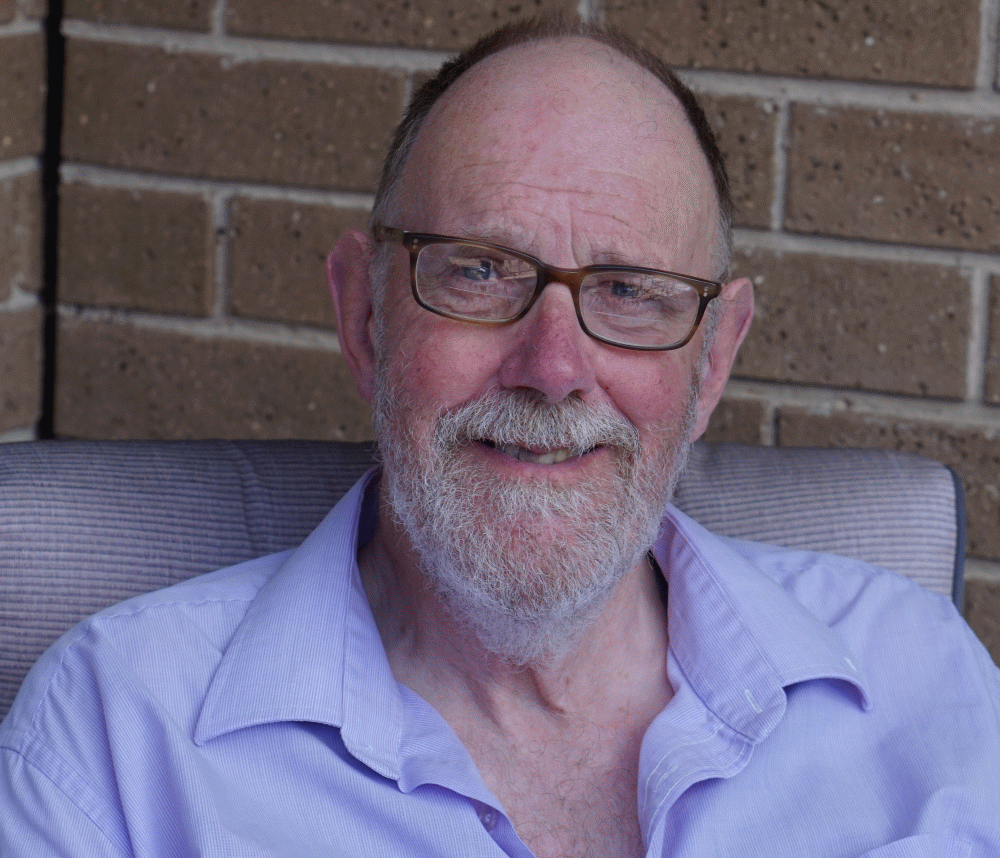Don Completed his Doctorate at the Colorado school of mines, and spent many years employed with the USGS. Whilst I am not sure of the exact time I came in contact with Don, we shared a mutual enthusiasm for gemology, geology and specifically precious opal.
Read MoreLAurie Aldridge began his scientific career working on the structure of zeolites using X-Ray diffraction (XRD) at the university of Otago in New Zealand.In 1990 Laurie moved to Australia to work at ANSTO specializing in cement chemistry and the structure of minerals and clays. More recently Laurie has joined with my self (Anthony Smallwood) and Paul Thomas (UTS) to study precious opal structure.
Read MoreBoris Chauviré is an international opal researcher operating from his home country in France. Boris has spent much time as a field gemmologist in Ethiopia, documenting the occurrence, and geology of this more recent precious opal occurrence Boris’s research is an invaluable contribution to opal science.
Read MoreScientist Neville Curtis, primarily researching the silica polymorphs Opal-AG, Opal-AN and Opal-CT
Read MoreThis mineralogical text provides the most up to date description of opal and opaline silica for its time, published in 1962, only a few years before Australian scientists discoveries of the structure of precious opal.
Read MoreRecently there was some discussion on the Australian National council of Jewellery valuers about opal on Mars. We have prepared this post with the knowledge we presently have available. Comments welcome
Read MoreOn the 22 of October 2021 an online discussion was aired in the interests of furthering our knowledge about precious opal, opal formation and opal fossils. Hosted by the Australian Opal Centre (AOC) and with contributions from most of the important opal commentators available at the time.
Read MorePaul Thomas is a senior lecturer in the school of mathematical and physical sciences at the University of Technology in Sydney (UTS). Paul has a special interest in the characterisation of silica in the form of Precious Opal. Paul has presented lectures regarding the structure and morphology of opal at a number of the Australian opal symposiums.
Read MoreBruce is a physical chemist by training with a long history in measurements of natural radioactivity and computer-assisted data processing. He turned down a job with NZ DSIR in 1973 to work on problem of silica in geothermal waters but in 1978, was part of a team looking at the thermoluminescence of natural opal and Gilson opal as a means of distinguishing the two. he conclusion (to borrow from Winston Churchill) was that “Opal is a riddle, wrapped in a mystery inside an enigma”.
Read MoreTo discuss opal formation we need to look at a few fundamental criteria that are needed to produce precious opal. These fundamental things are we need to find silica, and where it comes from, we need water, and to know where the water comes from, we need to know how the silica and water we now have, and understand the chemistry and the interaction of these components, and we need to know how and where the opal is deposited in the environment. Hopefully we provide an introduction to these processes.
Read More










